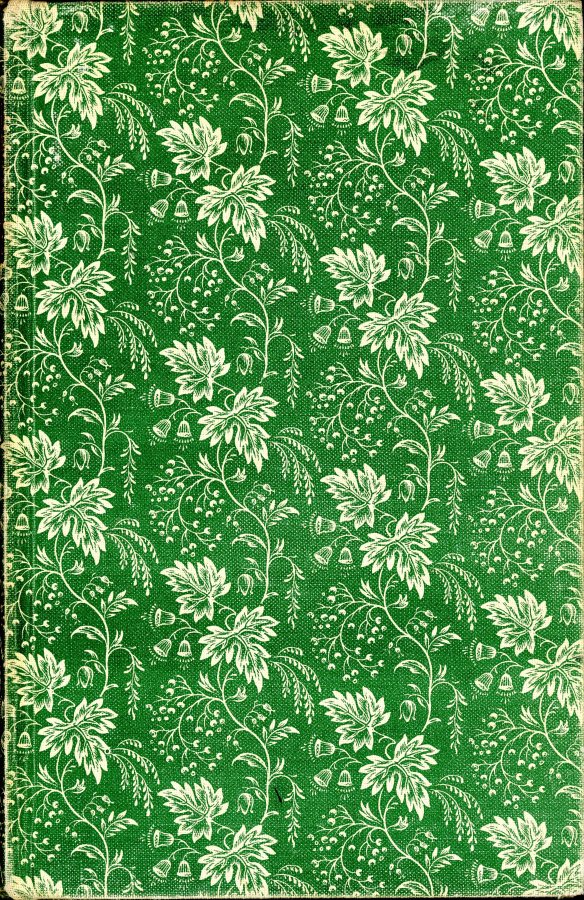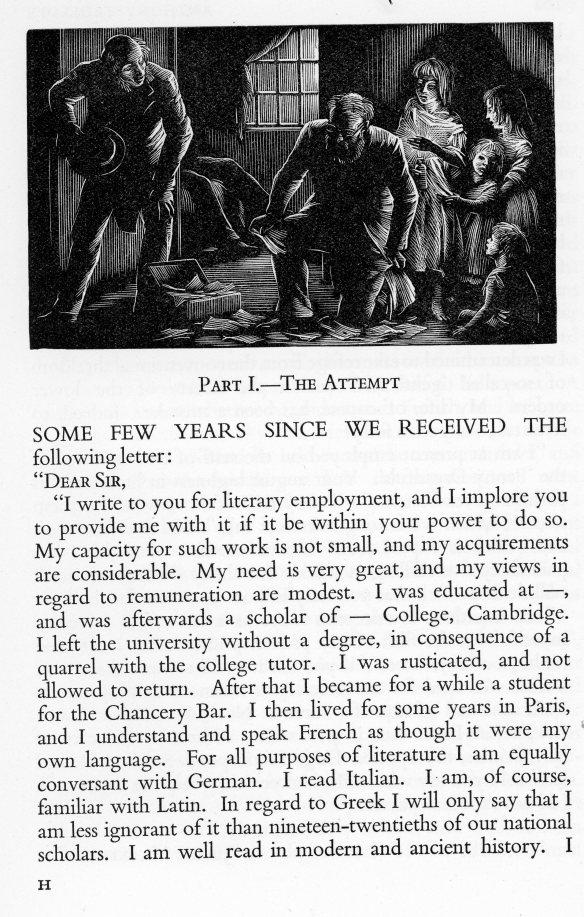This morning I finished reading

The book carries a useful introduction by Susan Hill and skilful woodcuts by Joan Hassall, who has produced a good likeness of the writer on the frontispiece.
Although I had previously read most of the longer works of Elizabeth Gaskell, one of my favourite Victorian novelists, I had never read this little gem before. This was begun as a brief entry into Dickens’s magazine, Household Words, and until the author was later persuaded to turn it into a novel was to remain as such. She did produce the novel which originally appeared in book form in 1853. Mrs Gaskell’s elegant prose and skill in story telling has produced a romance which is much more than the original concept of a description of the fading genteel society of mostly contemporary women and their subtle intrigues, clashes of personality, petty squabbles, and keen gossip. The characterisation is rounded and the people mostly engaging. There are joys and disasters, all finally brought to clear conclusions.














The captioned illustrations are interspersed among the text, while








a variety of relevant vignettes bring to a close many of the chapters and ultimately the book.
This evening we dined on roast chicken thighs marinaded in Nando’s lemon chicken sauce; a flavoursome combo of savoury rice from Becky and Jackie; a firm broccoli, followed by New Forest strawberries – the tastiest we’ve ever known – and cream. The Culinary Queen drank Hoegaarden and I drank more of the Fougères.















